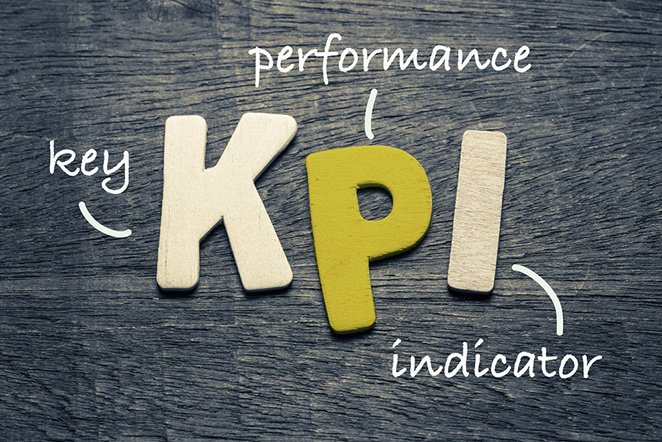
Key performance indicators for automotive industryCreated in association with the Automotive Business Action Group (AIAG), this document provides a widespread definition of standardised indicators to measure logistics performance inside the automotive sector for each production and service components. Although Australia’s automotive exports are down from the (pre-global financial crisis) record higher of $5.eight billion in 2008, they nevertheless account for about 13 per cent of total exports of elaborately transformed manufactures (ETMs), a production category, which itself has been in decline in recent years. The market is also a significant user of other ETMs in the production process. Locally created automobiles accounted for 24.7 per cent of sales in 2007, compared to 41.1 per cent in 2000 and 68.9 per cent in 1990. The neighborhood sector accounted for far more than 80 per cent in the 1980s. In 2012, locals accounted for 12.7 per cent, down from 14.1 per cent in 2011.
The automotive sector is regarded as one particular of the most important and strategic market in manufacturing sector. It is the largest manufacturing enterprise in the globe and a single of the most resource intensive industries of all main industrial system. However, its merchandise and processes are a important source of environmental influence. As a result, there is a need to evaluate sustainable manufacturing efficiency in this business. This paper proposes a set of initial key overall performance indicators (KPIs) for sustainable manufacturing evaluation believed to be appropriate to automotive organizations, consisting of three aspects divided into nine dimensions and a total of 41 sub-dimensions. A survey will be conducted to confirm the adaptability of the initial KPIs with the sector practices. Future research will concentrate on establishing an evaluation tool to assess sustainable manufacturing overall performance in automotive businesses.
EBITDA or Earnings just before interest, tax, depreciation and amortization refers to a measure of calculating the functioning efficiency of an market. This is also a single of the important KPIs to gauge for an automotive market. We hope our investigation will additional boost the discussion on PMS in automotive logistics and that our recommended approach types the base for additional rolling out PMS across the automotive supply chain.
Machine Studying In The Automotive Industrykey performance indicators for automobile industry
key performance indicators for automotive industryProductivity Commission (2013) Evaluation of the Australian Automotive Manufacturing Sector Issues Paper, Canberra, November. In addition, the breakdown along procedure modules ensures the specificity necessary to allow continuous improvement. Standardisation is enabled by the modular method, permitting to combine standardised PIs of the relevant process modules to reflect the whole logistics method whilst preserving comparability of the PIs of every module. The modular method consequently accounts for the complex, differentiated logistics procedure landscape discovered in market right now and facilitates standardisation as far as achievable.
To ensure practical relevance, all the actions had been supported by a broad analysis of publically accessible company documents and standards inside the automotive business (e.g. from the German association of automotive business), as nicely as a number of interviews with logistics professionals and managers in the automotive market. By doing so, we hoped to not only propose a new theoretical framework, but also to concentrate on its applicability and added value to the sector.
On the other hand, our observations also confirmed the research of Lohmann et al. 49 that typically some performance indicators and standardised reports are currently in place. In addition, we ascertained that some leading-level KPIs are applied across the company’s internet sites. As the two sites show similarities to that which other researchers generally discover in industry, we assume them to be a great research base.
A KPIs Framework For Injection Molding Production In Automotive Marketkey performance indicators car rental industry
key performance indicators car rental industryDeveloped in association with the Automotive Business Action Group (AIAG), this document supplies a typical definition of standardised indicators to measure logistics efficiency inside the automotive business for both production and service components. The need to have for additional investigation can be noticed in the evaluation and roll-out to non-automobile manufacturing sites, e.g. engine and drive-train websites. By performing so, applicability to the entire scope of automotive manufacturing and logistics can be evaluated. In addition, the needed boundary situations within a firm to implement and really constantly use such a PMS wants further research (e.g. acceptance of PIs and open culture with regards to improvement ideas).
Asset turnover is a financial ratio that measures how efficiently a business uses its assets to produce sales income or sales earnings for the business. Organizations with low profit margins tend to have high asset turnover, whilst these with high profit margins have a tendency to have low asset turnover. Equivalent to profit margin, if asset turnover increases, a company will produce a lot more sales per asset owned, once once more resulting in a higher overall return on equity.
This metric is an essential quality measure for automotive companies. Automotive producers must strive to maintain recall rates low to in order to hold customers safe as properly as mitigate the charges that are associated with solution recalls along with potential undesirable press that comes along with recalls, which may deter buyers from purchasing products from firms with high recall rates.
Functionality Magazine Performance Management In The Automotive Industrykey performance indicators car rental industry
key performance indicators car rental industryProductivity Commission (2013) Overview of the Australian Automotive Manufacturing Industry Troubles Paper, Canberra, November. High-level sector evaluation can bring a substantial amount of insight into driving enterprise value. Nonetheless, drilling down to the nuts and bolts of monetary management analysis also delivers important insight and offers balance. Right here are six simple monetary KPIs to look at each month to increase the worth of your enterprise in the automotive aftermarket industry.
In addition, for an interpretation of improvement potentials, the understanding of no matter whether the processes comply with the planned ones is also required. In business, this has two dimensions—firstly, the question of no matter whether processes come alive in the way they are planned, and secondly, the aspect of whether the processes that are planned are in line with the normal processes created inside a company and provide chain. Specially in automotive logistics, characterised by a large quantity of manufacturing internet sites per company, the question arises as to regardless of whether the standardised procedure can be, and is, followed at all the websites or regardless of whether there are specifics on-site which hinder the implementation of normal processes and the specificity of the standards—we consequently proposed splitting this aspect into two metrics.
Companies nowadays function in an increasingly difficult environment 2 which is reflected in growing item complexity in manufacturing industries, driven by buyer demand for individualisation. In addition, expense pressures stay high. The automotive industry has already been facing this challenge for a number of years. It can for that reason be observed as a good analysis base in the provide chain, as well as in logistics contexts. Effective manufacturing and logistics processes are a crucial competitive advantage, next to the capability of supplying the correct item to the consumer with an optimum lead time.




